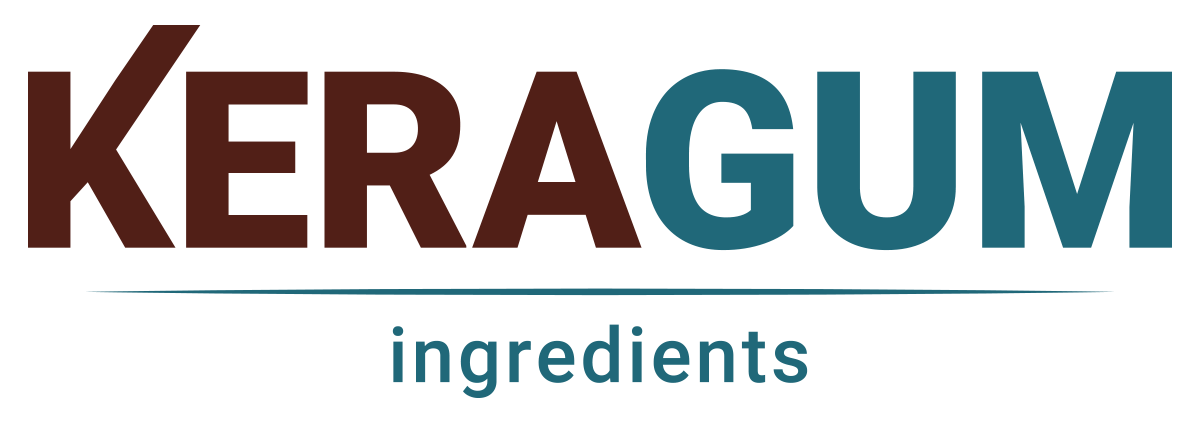Hydrocolloids are a diverse group of hydrophilic (water-attracting) substances that play a critical role in the food industry. These natural or synthetic polymers are primarily used for their ability to modify the texture and consistency of food products, making them essential in various applications ranging from thickening and stabilizing to emulsifying and gelling.
Types of Hydrocolloids
There are many types of hydrocolloids, each with unique properties and uses. Some of the most common include:
- Gums: Such as xanthan gum, guar gum, and locust bean gum. These are often used as thickeners and stabilizers.
- Starches: Derived from various sources like corn, potato, and tapioca, starches are versatile and commonly used as thickeners and gelling agents.
- Gelatin: A protein derived from animal collagen, gelatin is primarily used for its gelling properties in desserts, jellies, and confections.
- Pectin: Found naturally in fruits, pectin is used for its gelling properties, particularly in jams and jellies.
Functions of Hydrocolloids in Food
Hydrocolloids serve multiple essential functions in food products:
- Thickening: Hydrocolloids can increase the viscosity of liquids, which is crucial in sauces, soups, and dressings. For instance, xanthan gum is known for its excellent thickening ability even at low concentrations.
- Stabilizing: They help maintain the stability of emulsions and suspensions, preventing ingredient separation. This function is vital in products like salad dressings and mayonnaise.
- Gelling: Hydrocolloids like agar and gelatin can create gel-like textures, which are desirable in desserts, yogurts, and certain dairy products.
- Texture Enhancement: Hydrocolloids contribute to the mouthfeel and texture of foods, enhancing the sensory experience. They improve creaminess in dairy products and provide chewiness in baked goods.
- Water Retention: Hydrocolloids retain moisture in food products, extending shelf life and improving freshness, which is particularly beneficial in bakery and meat products.
Health and Safety Considerarocolloids are generally recognized as safe (GRAS) by regulatory authorities like the FDA. However, the intake of certain hydrocolloids should be moderated, as excessive consumption can lead to digestive issues for some individuals.
Conclusion
Hydrocolloids are indid industry due to their versatility and functionality. Their ability to improve texture, stability, and overall quality makes them key ingredients in a wide range of products, from sauces to desserts. As consumer demand for healthier and cleaner-label products increases, the use of natural hydrocolloids is expected to grow, providing exciting opportunities for innovation in food formulation.





